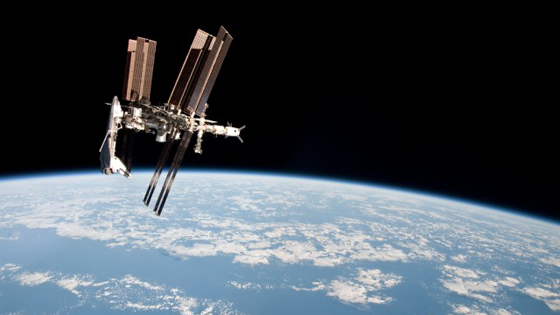NASA “successfully” tests “physics-defying” EM drive
Thanks to our own The Dude for sharing this! I meant to talk about it earlier, but you know, busy fucking life. Apparently NASA ASTRO-WIZARDS have successfully tested a “physics-defying” EM drive. Which, ideally, means I’ll be fucking sun-tanning on Mars on my one-year wedding anniversary next year. I’m reading this news right, right?
The “EM drive,” an engine that creates thrust by bouncing microwaves around inside a chamber, confounds physicists because it manages to produce thrust without expelling any propellant—seemingly defying the law of conservation of momentum—even in a vacuum. That ability was tested by NASA’s “Eagleworks” at the Johnson Space Center, and the results have them optimistic about the drive’s future in space travel.
Meanwhile, for those of us who aren’t physicists, the EM drive can be evenmore confusing, but the basic skepticism it needed to overcome was that no one had yet tested it in a vacuum, and physicists theorized that the small amount of thrust that had been measure was due to thermal currents the drive had created in the air around it. However, NASA Eagleworks scientistPaul March said in a post on NASASpaceflight.com’s forums that they had successfully measured thrust on the EM drive in a vacuum, but they would need to increase the level of thrust before further test’s could be done to confirm:
We have now confirmed that there is a thrust signature in a hard vacuum (~5.0×10^-6 Torr) in both the forward direction, (approx. +50 micro-Newton (uN) with 50W at 1,937.115 MHz), and the reversed direction, (up to -16uN with a failing RF amp), when the thruster is rotated 180 degrees on the torque pendulum. However we continue to fight through RF amplifier failures brought on by having to operate them in a hard vacuum with few $$$ resources to fix them when they break, so the desired data is coming along very slowly. We are still working on obtaining enough data though that will allow us to go to Glenn Research Center (GRC) for a replication effort in the next few months. However that will only happen if we can make the thrust signature large enough since the GRC thrust stand can only measure down to ~50uN, so we have to get the thrust signature up to at least 100uN before we can go to GRC.
It’s not hard confirmation, so don’t expect NASA to announce that we’re going to fly through space on seemingly magic engines just yet, but it’s one more successful step along the way to doing just that. NASA Spaceflight wrote a lengthy post on the findings, and more importantly, the implications of such an engine on space travel. Without the restrictions of using propellant to move spacecraft, the International Space Station and satellites would be able to more easily stay in orbit, we could get to the Moon and other nearby space locations much more quickly, and long-term missions deeper into space would be significantly more attainable.




